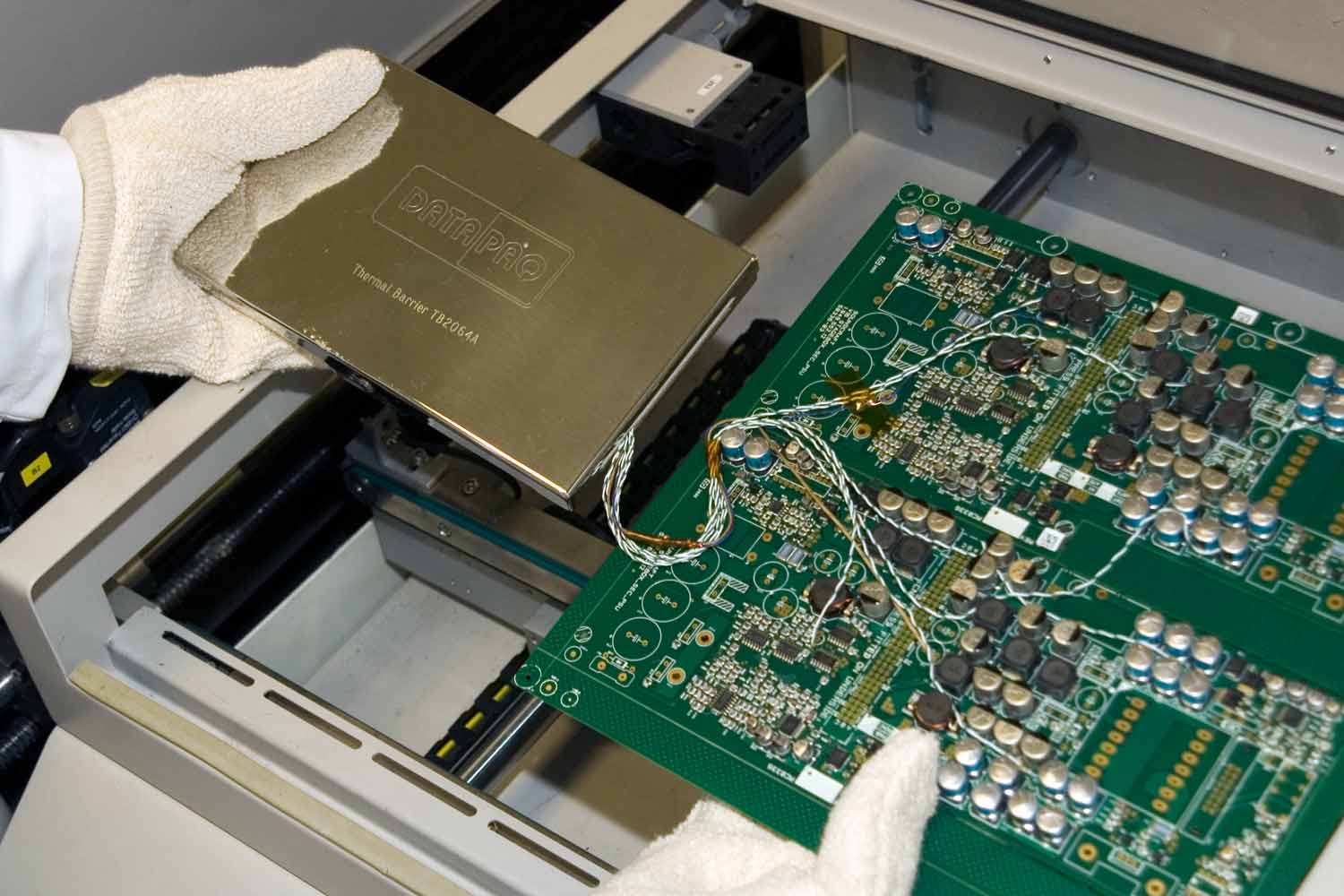Electronics Industry
Control circuit assembly manufacturing process to ensure high quality end-products
Compare performance of different soldering machines and ensure their optimization
Observe and verify process uniformity for consistent and reliable results
Define and test the correct soldering process settings
